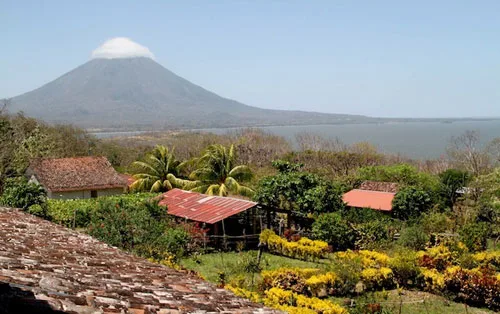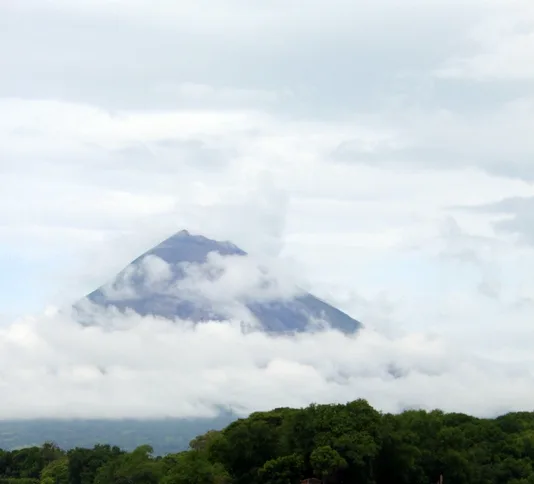Does Sustainable Tourism Offer Viable Alternatives in Ometepe, Nicaragua?
In south central Nicaragua you will find Ometepe, a 31 km island situated in Lake Cocibolca (the largest tropical lake of the Americas). A large number of petroglyphs, statues, and daily items provide a cultural link with the Island’s first inhabitants, the Nahua Indians, who migrated from Mexico around 500 B.C. The traditional economic activities of today’s local population – small scale agriculture and fishing – are quickly being joined by tourism as the main source of income. Previously, all tourists arrived to the Island by boat. In May 2014, a small $12 million airport was completed. The airport currently only receives two flights a week from Managua, but there are plans to increase the number as tourism grows. There is speculation that the government is encouraging larger hotel companies to build on Ometepe and the construction of the airport was a prerequisite.

This additional transportation route may have significant effects on Ometepe, though no one is certain of their scale or form. At the end of 2014 work on the Nicaragua Canal began, with little to no assessment of the potential impact on the environment or on rural communities. What is certain is that the Canal route will utilize Lake Cocibolca for part of the transnational crossing. To compound serious concerns about contaminating the freshwater Lake, there are reports that Canal cruise passengers may be routed to resorts to experience the Island’s volcanoes. .

On our field excursion to Ometepe this week we will initiate a study to assess service providers’ and tourists’ willingness to participate in sustainable tourism practices. Our objective is to determine what practices hotels and restaurants are employing, what practices they are interested in implementing, and what obstacles stand in their way. We will also gather information on tourists’ awareness of and preferences for sustainable tourism options. The willingness of tourists to pay for various socially and environmentally responsible services will help determine whether supply and demand align.
Understanding changes in tourism preference for sustainable practices as the industry faces an influx of new types of tourists is the long term goal of this study. It will follow how tourists’ willingness to pay for services affects the sustainable practices adopted by hotel and restaurants and what perceived and actual economic and environmental results manifest from those changes. The study will highlight how expanding infrastructure and the arrival of different types of tourists influences the growth of the industry towards or away from sustainable practices. Our findings will be shared with the local development organization Foundation Between Volcanoes in order to help local business implement the most effective sustainable strategies during this time of change.

Related Posts


Alumni Reflections: Stories of the Return to Kenya
